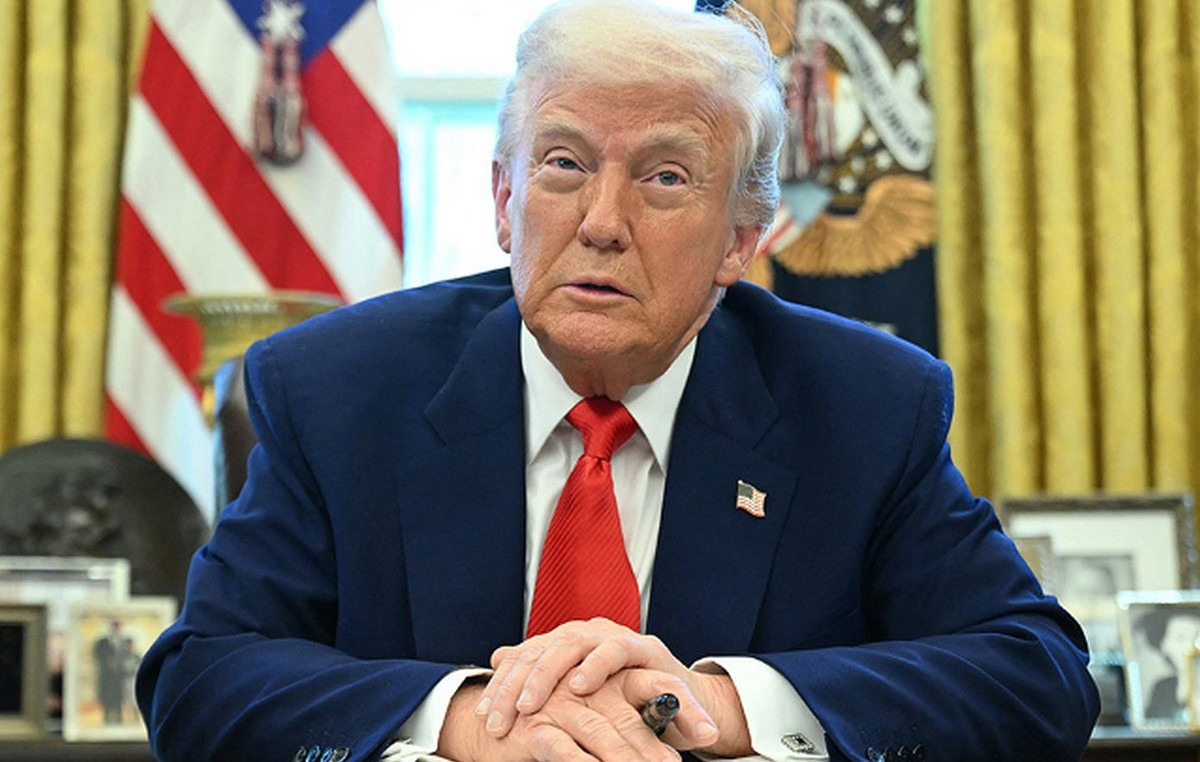- Gold is breaking above the 50-day SMA following a dovish speech by Fed Chairman Jerome Powell.
- Several geopolitical factors suggest a broadly bullish backdrop for the precious metal.
- XAU/USD is trading above $2,340, raising bullish bets on a near-term recovery.
Gold (XAU/USD) surged towards $2,340 on Wednesday as investors continued to digest the content of Federal Reserve (Fed) Chair Jerome Powell’s speech on Tuesday and the shift in monetary policy stance that his words reflected.
Furthermore, “bargain hunting” by long-term investors may continue to support Gold as it accumulates ahead of another rally due to multiple global factors that continue to favor the precious metal in the long term.
Gold is attempting to break through the important 50-day simple moving average (SMA), which has been limiting its gains for several days. A bullish close on Wednesday would signal fresh upside momentum for the yellow metal.
Gold rises as Fed chairman boosts hopes for early rate cut
Gold is rising as Fed Chair Powell’s words sink in and reinforce market expectations that the Fed will cut interest rates in September. Powell said “quite a bit of progress” had been made in fighting inflation, in his comments at the central bank forum in Sintra, Portugal. It’s his first clear acknowledgement that the Fed is close to its target.
Powell added the familiar caveat that more data was still needed to confirm the trend toward the Fed’s 2.0% inflation target before the central bank would proceed with rate cuts, but he also added that there was a risk of cutting too late as well as too early.
Elevated expectations of lower interest rates are positive for gold as they reduce the opportunity cost of holding the non-interest-paying asset. Powell’s speech came after the personal consumption expenditure (PCE) price index, the Fed’s preferred measure of inflation, showed a decline to 2.6% for both headline and core inflation in May.
The Fed has been taking a cautious stance after getting it wrong in the first quarter when policymakers expected inflation to fall more quickly than it did. This led to an embarrassing reversal, where from predicting three 0.25% cuts in 2024, the Fed had to shift to a data-dependent “wait-and-see” stance. Markets are now pricing in a 65% chance of a first rate cut in or before September, according to the CME’s FedWatch tool.
Gold gains in a broader global context
Gold is also rising as broader global factors boost its value.
Ongoing conflicts in the Middle East and Ukraine and a political shift to the right in Europe are leading cautious investors to opt for a safe bet: Gold.
In the US, the Supreme Court’s decision to grant former US President Donald Trump partial immunity from prosecution over the uprising that followed his defeat in 2020, combined with doubts about President Joe Biden’s rival’s fitness for office, have raised the chances of a second Trump presidency materialising, something that would further destabilise global security.
Furthermore, the expansion of the BRICS trading confederation is challenging the dominance of the US Dollar with Gold as the most realistic replacement in international trade for those countries unwilling or denied access to Dollar-denominated markets.
Technical Analysis: Gold attempts to break above the 50-day SMA
Gold is moving higher and piercing the 50-day SMA on an intraday basis. If it manages to close above the key resistance level, it could mark the beginning of a more bullish phase for the precious metal.
XAU/USD has twice broken a trendline connecting the “Head” and “Right Shoulder” of what was a bearish Head and Shoulders (H&S) pattern. The breakouts invalidate the pattern, although there is still a smaller chance that it could be a more complex top pattern instead.
XAU/USD Daily Chart
Since the break above $2,340, Gold will now likely rise to the level of $2,369 (the high of June 21). The next target after that is $2,388, the high of June 7.
Alternatively, assuming the neckline of the engaged top pattern at $2,279 is broken, a downside reversal could still follow, with a conservative target at $2,171, the 0.618 ratio of the pattern height extrapolated to the downside.
The trend is now sideways in both the short and medium term. In the long term, Gold remains in an uptrend.
Gold FAQs
Gold has played a pivotal role in human history as it has been widely used as a store of value and a medium of exchange. Today, apart from its luster and use for jewelry, the precious metal is considered a safe haven asset, meaning it is considered a good investment in turbulent times. Gold is also considered a hedge against inflation and currency depreciation as it is not dependent on any particular issuer or government.
Central banks are the largest holders of gold. In their aim to support their currencies in turbulent times, central banks tend to diversify their reserves and buy gold to improve the perception of the strength of the economy and the currency. High gold reserves can be a source of confidence in a country’s solvency. Central banks added 1,136 tonnes of gold worth about $70 billion to their reserves in 2022, according to data from the World Gold Council. This is the largest annual purchase on record. Central banks in emerging economies such as China, India and Turkey are rapidly increasing their gold reserves.
Gold has an inverse correlation with the US Dollar and US Treasury bonds, which are the main reserve and safe haven assets. When the Dollar depreciates, the price of Gold tends to rise, allowing investors and central banks to diversify their assets in turbulent times. Gold is also inversely correlated with risk assets. A rally in the stock market tends to weaken the price of Gold, while sell-offs in riskier markets tend to favor the precious metal.
The price of Gold can move due to a wide range of factors. Geopolitical instability or fears of a deep recession can cause the price of Gold to rise rapidly due to its status as a safe haven asset. As a non-yielding asset, the price of Gold tends to rise when interest rates fall, while rising money prices tend to weigh down the yellow metal. Still, most of the movements depend on how the US Dollar (USD) performs, as the asset is priced in dollars (XAU/USD). A strong Dollar tends to keep Gold prices in check, while a weaker Dollar is likely to push Gold prices higher.
Source: Fx Street
I am Joshua Winder, a senior-level journalist and editor at World Stock Market. I specialize in covering news related to the stock market and economic trends. With more than 8 years of experience in this field, I have become an expert in financial reporting.








